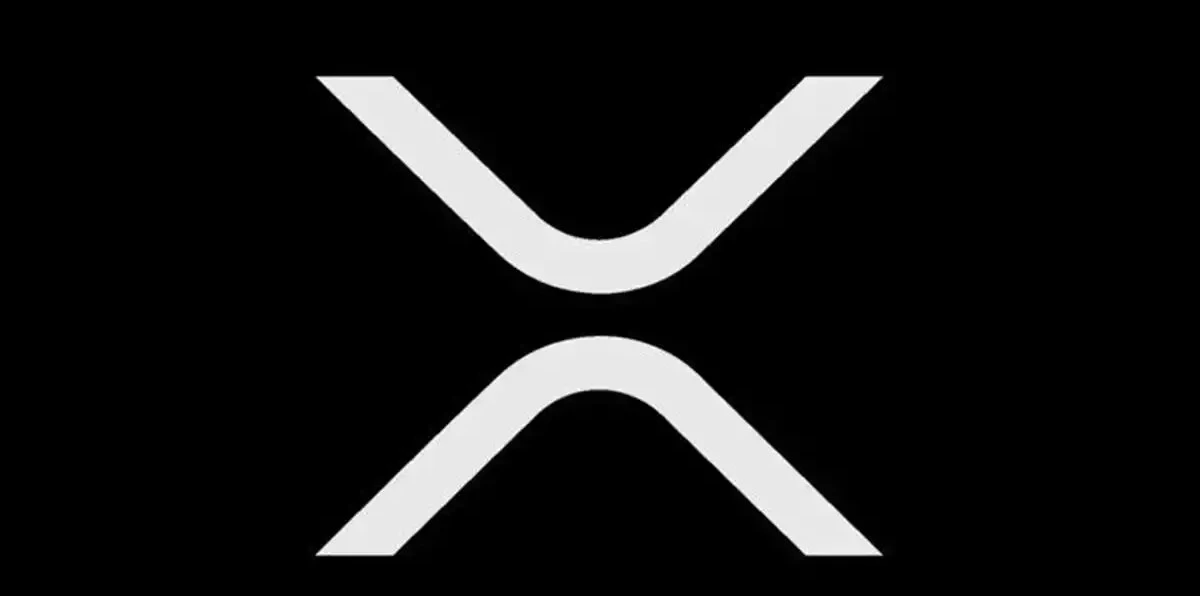- Ripple shifts focus, building global financial system with XRP.
- XRP evolves from speculative token into core financial infrastructure.
- Tokenization, stablecoins, and banking partnerships push Ripple worldwide.
The XRP community was drawn into fresh discussions after All Things XRP (@XRP_investing) shared insights suggesting Ripple’s ambitions go far beyond what many expected. According to the posts, investors long believed Ripple was only competing with SWIFT, but the company has been building something much larger. The update gave a hint that Ripple is creating a financial system in which XRP will be the fuel behind transferring global value.
Ripple started its journey in 2012 with the vision of modernizing cross-border payments. At the time, financial institutions were using the old system of settlement, which was slow and costly. RippleNet and Ripple introduced a cheaper, quicker, and more consistent alternative to worldwide transfers, yet it has been outlined as the initial step of a larger vision of the corporation.
Also Read: Bitcoin (BTC) and Ethereum (ETH) Consolidate as Solana (SOL) Leads 24-Hour Market Gains
XRP Positioned as More Than a Payment Tool
According to All Things XRP, XRP was not designed to serve as a basic currency bridge. Through On-Demand Liquidity, banks could bypass the need for pre-funded accounts while settling transactions instantly. That advantage gave Ripple the wedge it needed to secure a foothold in global banking.
Many regarded the U.S. Securities and Exchange Commission lawsuit in 2020 as a possible death blow. Instead, Ripple went international, refined its strategy, and, by 2023, it secured a partial win that established that XRP was not a security. That move resuscitated its U.S. prospects and reinforced its international plan.
Ripple reinvented itself in 2025 by leaving the payments company label. The rebranding introduced the Internet of Value and compared Ripple’s role in transferring assets to the Internet’s role in revolutionizing information transfer. Such a change signified a new direction geared towards driving a full financial ecosystem.
Tokenization and Stablecoin Rollout
The community update from All Things XRP highlighted Ripple’s deeper involvement in asset tokenization. Using XRPL, the company has enabled tokenization of oil, real estate, and government treasuries. This approach could bring trillions of dollars into blockchain-based settlement systems, allowing fractional ownership and instant transfers.
Ripple also launched RLUSD, a USD-backed stablecoin that is now operating on XRPL and Ethereum. Integrated into decentralized finance applications, it works alongside Ripple’s partnerships with several central banks on CBDC projects. This reflects a model where Ripple is not disrupting traditional systems but integrating with them.
Expanding a Global Financial Network
Ripple has broadened its services beyond payments. As of today, the company offers custody, compliance, tokenization tools, and stablecoin infrastructure. Analysts say this is similar to what cloud service providers do to serve businesses in any industry, but in this case, global finance.
The update has recorded the development of RippleNet into Africa, Latin America, and the Middle East and acquired over $300 million in commitments. More than 100 banks are engaged, and XRP has entered mainstream finance by trading in futures at CME and Coinbase. According to analysts, there is also a high probability of approval of an XRP exchange-traded fund before the end of the year.
What This Means for XRP Holders
According to All Things XRP, Ripple is not just attempting to replace SWIFT but is establishing a new parallel financial system. It is described as tokenized, programmable, and global, with XRP as the key engine. The point of view above claims that XRP is becoming infrastructure, not speculation, but a utility.
Ripple’s evolution signals that XRP’s role extends far beyond payments. According to the posts by All Things XRP, the token is positioned to become core infrastructure for the Internet of Value, meaning for holders, it may indeed be “bigger than you think.”
Also Read: Crypto Conference Scandal: Hong Kong Officials Withdraw Over Eric Trump’s Role

